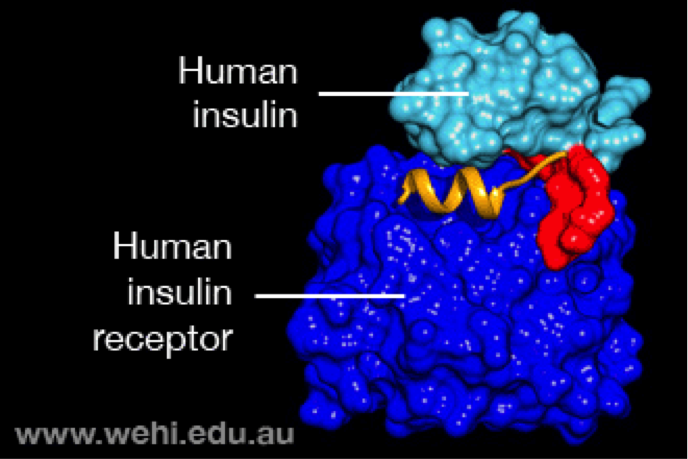Article
What Does Snail Venom Have to Do with Diabetes Treatment?
Author(s):
Although venomous cone snails are sea-dwelling creatures, researchers have found a remarkable use for them on land.
Although venomous cone snails are sea-dwelling creatures, researchers have found a remarkable use for them on land.
New study results released by researchers from American and Australian medical institutions reveal that venom extracted from a species of marine cone snail could be crucial to developing ultra-fast-acting insulin for diabetes treatment. Their investigation into the 3-dimensional structure of cone snail venom insulin uncovered this key medical finding.
First, the team revealed how highly efficient proteins in the venom, called Con-Ins G1, can work faster than human insulin. Then, they discovered that Con-Ins G1 are able to bind to human-insulin receptors, suggesting possible translation into human treatment.

The research, led by Mike Lawrence, BSc(Hons), PhD, of Melbourne’s Walter and Eliza Hall Institute of Medical Research, builds on a 2015 study from the University of Utah, which found that marine cone snails rely on their fast-acting insulin as a predatory weapon, subduing their fish prey into a state of hyperglycemic shock. The exciting findings initiated a follow-up study exploring how the snail insulin was able to have such an efficient effect.
“We found that cone snail venom insulins work faster than human insulins by avoiding the structural changes that human insulins undergo in order to function—they are essentially primed and ready to bind to their receptors,” Dr. Lawrence stated in a press release.
The researchers found that human insulin differentiated from snail insulin in that its structure could be considered “clunky,” attributing to its slower functioning.
“The structure of human insulins contain an extra ‘hinge’ component that has to open before any ‘molecular handshake,’ or connection between insulin and receptor, can take place,” Dr. Lawrence explained.
The research team uncovered a way to dispense this hinge, which can accelerate the cell signaling process and speed with which the insulin takes effect. The results indicate the possibility of applying the principles of cone snail insulin to human insulin in order to develop a treatment that is faster operating and more effective.
“Our Flinders University colleagues have shown that the cone snail insulin can ‘switch on’ human insulin cell signaling pathways, meaning that cone snail is able to successfully bind to human receptors,” stated Helena Safavi-Hemami, of the University of Utah.
These results have researchers inching their way towards a better future for diabetes management. The next step is to apply the findings to create a more effective means of diabetes treatment. Further research is already underway at the Walter and Eliza Hall Institute to facilitate the development of faster-acting insulin for patients with diabetes, and it is supported by the National Health and Medical Research Council.
Newsletter
Stay informed on drug updates, treatment guidelines, and pharmacy practice trends—subscribe to Pharmacy Times for weekly clinical insights.





